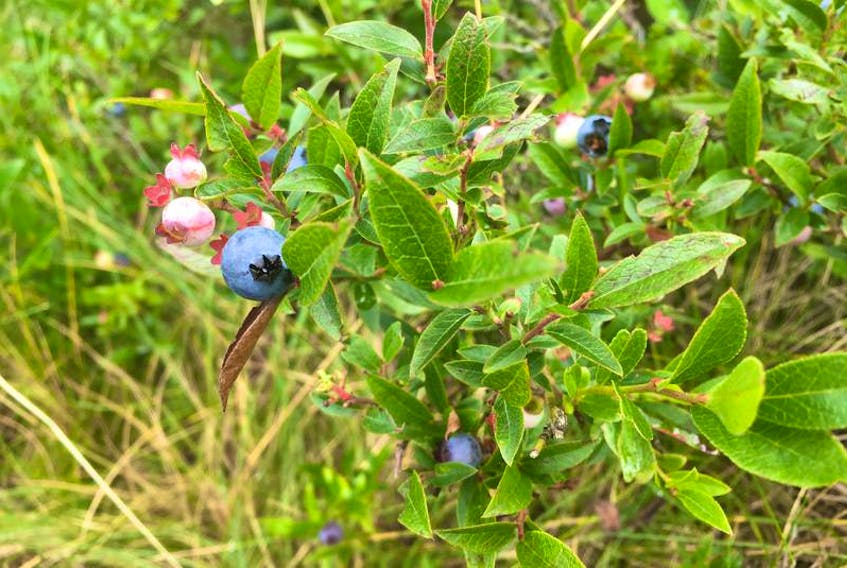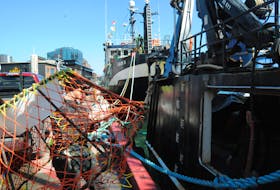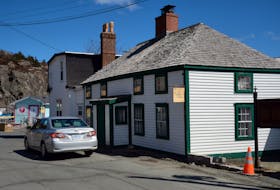BAY ROBERTS, N.L. — Over the next four years, a local company specializing in products made with local fruits plans to develop a 402-hectare blueberry farm, not far from the Veteran’s Memorial Highway (Route 75) at Butlerville.
The Frozen in Time Blueberry Farm plan is to produce local, low-bush berries.
“It’s (a) huge demand globally, but not enough blueberries,” Frozen in Time president Marek Krol told The Telegram Tuesday.
He said the farm has the advantage of being able to feed product to an existing winery and distillery (Rodrigues), and existing nutraceutical business, with processing at Whitbourne.

The company is going into the operation eyes wide open, Krol said, conscious of the challenges ahead, down to the cost of more hand-picking, versus using mechanical harvesters, given the lay of the land and limited early levelling.
“The wild fruit industry and opportunity is huge, but it depends on how we structure everything and how much fruit we can harvest,” he said.
The farm could come to employ 10-15 pickers a year in full operation, if it receives all approvals, but contribute more in secondary products with local flavour.
Registered with the province in April, the proposal has just been released from further environmental assessment.
Krol told The Telegram there are still pieces to fit into place in terms of financials and permitting (the province’s regulatory release notes further development permitting) before work can start, but the hope is to begin the physical groundwork this year.
The next steps involve cutting trees, removing rocks, some levelling and controlled burning of old, existing berry bushes and fields to promote new blueberry growth.
The goal is to prepare about half the land in the first year, with that half in production three years in.
The proposed farm area was identified as a prime area for blueberry farming back in the 1970s. An access road was established and maintained. The area encompasses a former blueberry farm lease (roughly 28 hectares), according to the application to the province. That lease was cancelled in 2012 for lack of use.
In 2018, Statistics Canada recorded 403 acres of blueberries cultivated in Newfoundland and Labrador. The Department of Land Resources says the 2016 census of agriculture showed 14 farms in Newfoundland and Labrador growing blueberries. Most are mixed farms (strawberry-blueberry farms or vegetable and blueberry farms).
Twitter: @TeleFitz
RELATED









